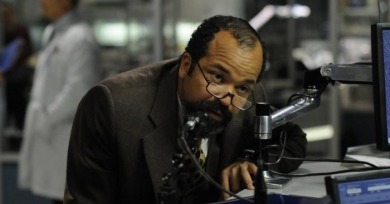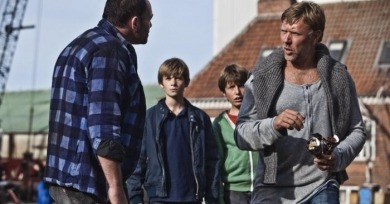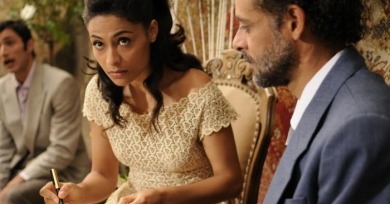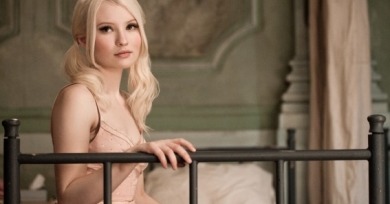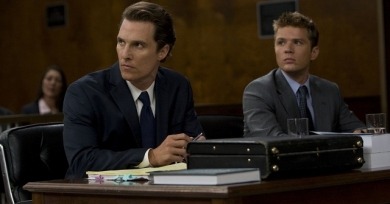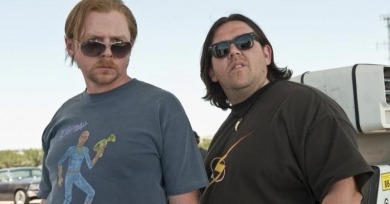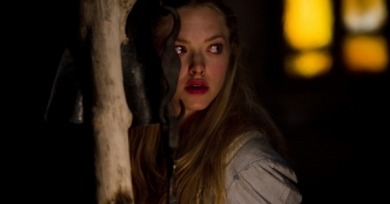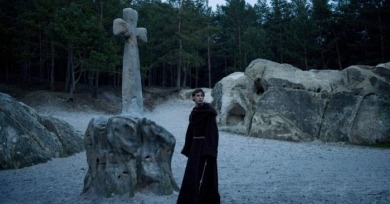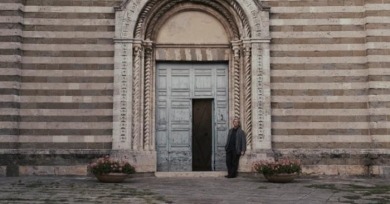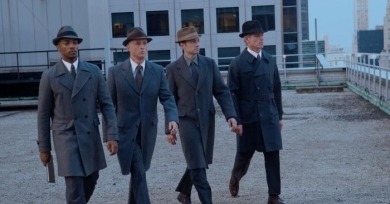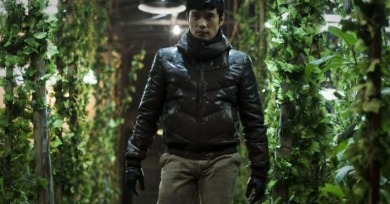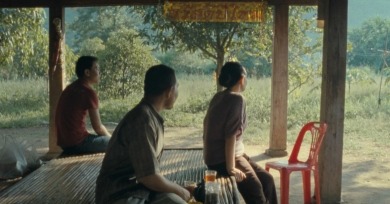Reviews
At this point, writer-director Duncan Jones at least has an artistic identity. He’s a mildly clever sci-fi conceptualist in thrall to a single conceit: perplexed characters caught in experiential loops.
A thrown punch or hurled epithet is never just itself in a film like In a Better World, but the key to understanding What Is Wrong with the World Today™.
A rapacious, mercurial stylist, the painter-cum-filmmaker has over the years rarely hesitated to sacrifice storytelling coherence in favor of soaking in his characters’ vertiginous emotional states.
It may seem perverse to call for more sex and violence, but in a film that is about barely legal girls living in indentured prostitution—an allegory for the continued exploitation of women—keeping things on the lighter side borders on offensive.
A hybrid fable about the cosmic interconnectedness of all things and a document of rural daily existence, Italian director Michelangelo Frammartino’s beguiling Le Quattro volte (The Four Times) presents life as cycle and the earth as circuit.
It hadn't occurred to me that there's no real suspense in this movie following a few early revelations, but you're right, Adam. And I felt a little embarrassed for the talky Lincoln Lawyer when it resorted to some precisely timed live rounds to awaken snoozing viewers.
Paul is what happens when a movie sets out to have something for everyone and ends up with nothing for anyone.
It would be accurate enough to say that Red Riding Hood suggests a book report on Bruno Bettelheim’s landmark psychoanalytic study of fairy tales The Uses of Enchantment by a student who was pressed for time and just skimmed the Wikipedia page.
Christopher Smith’s Black Death milks every bit of filth, cruelty, and unabashed grimness suggested by its title.
A deserving winner of the Best First Feature prize at this year’s Locarno International Film Festival, Verena Paravel and J.P. Sniadecki’s Foreign Parts was produced with the support of Harvard’s Sensory Ethnographic Lab—the same department that produced Lucien Castaing-Taylor and Ilisa Barbash’s Sweetgrass.
Art and life often meet in Kiarostami, though not often with such a conventional mise-en-scène. Still, the film is as ambiguous and sophisticated as anything in his oeuvre; even his prelude to the couple’s marriage ruse is a savvy and imaginative contrivance.
Too many Hollywood movies “loosely adapted” from Philip K. Dick stories (whether credited or not; Truman writer Andrew Niccol’s shameless swiping of Time Out of Joint comes to mind) water down the wigged-out, schizo futurist’s most radical ideas.
Kim Jee-woon is stuck. The emerging Korean auteur may have transcended the boundaries of his national cinema (his next film is supposedly an English-language thriller for Lions Gate), but for all the implacable velocity of his films, Kim remains stilted by his obsession with the peripheries of genre.
What should be mentioned first is the quiet. But when discussing Uncle Boonmee Who Can Recall His Past Lives many will undoubtedly initially gravitate towards the monkey ghosts, the talking catfish, the materializing spirits.
